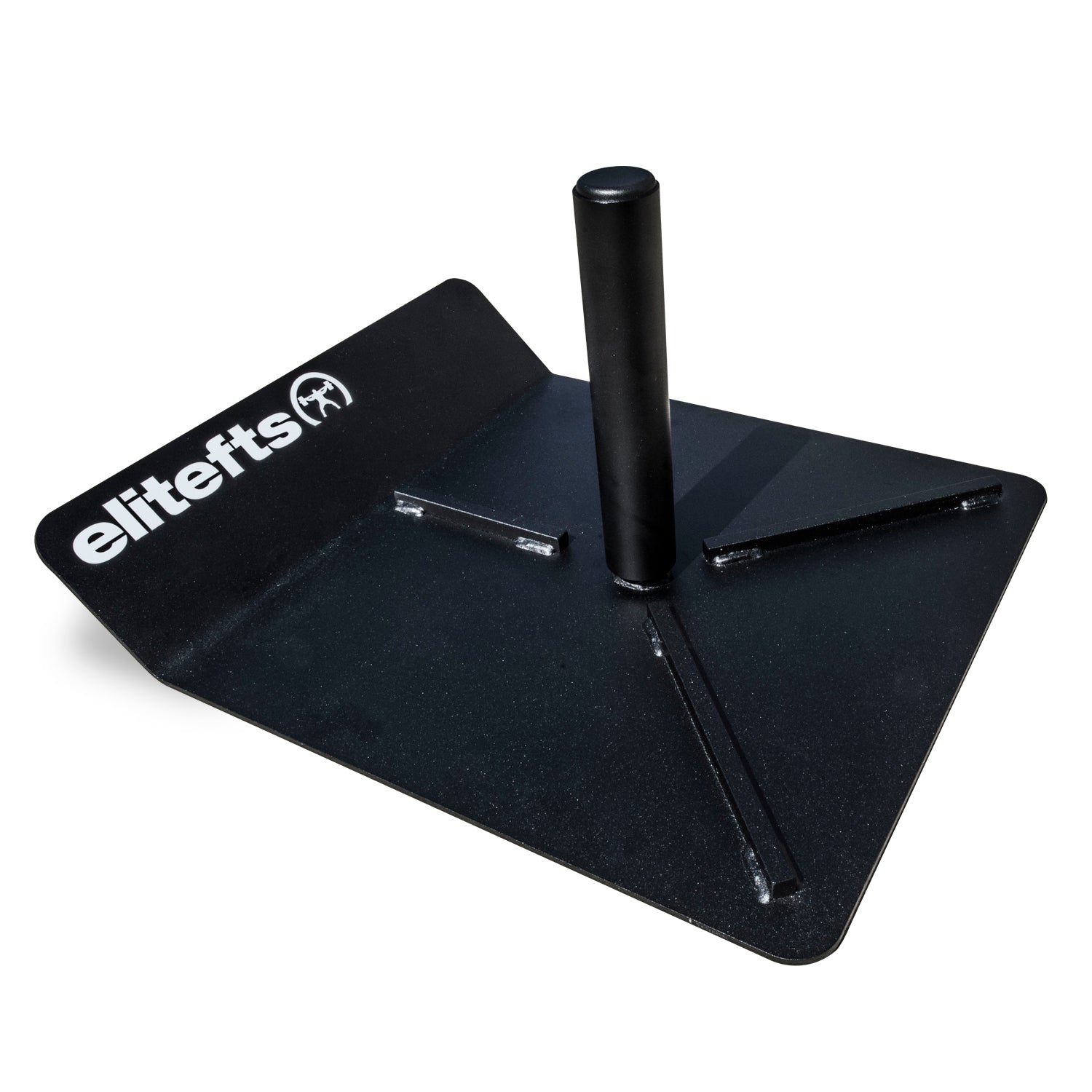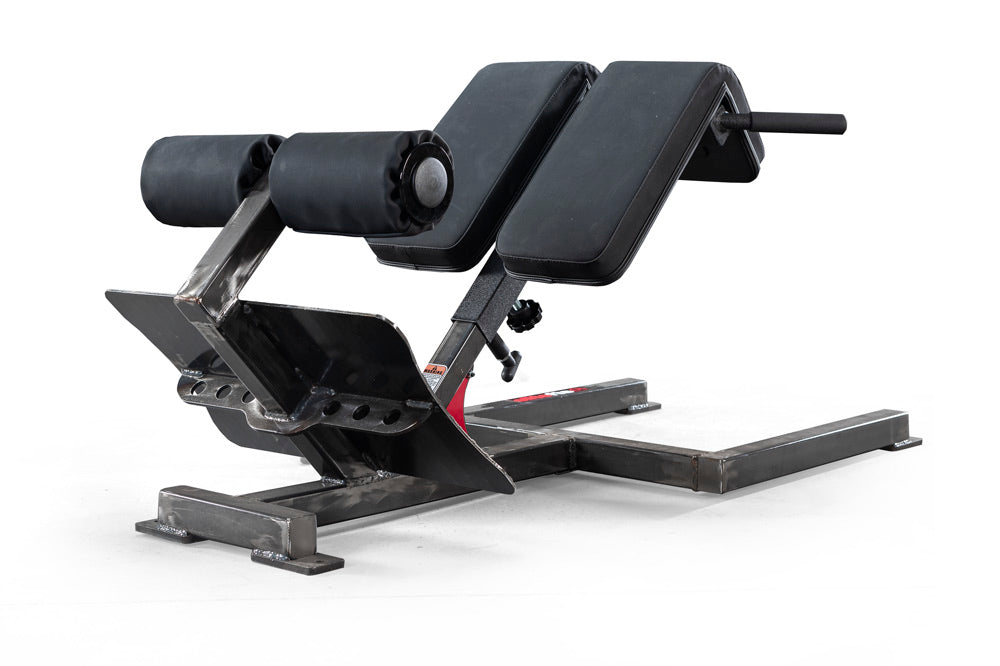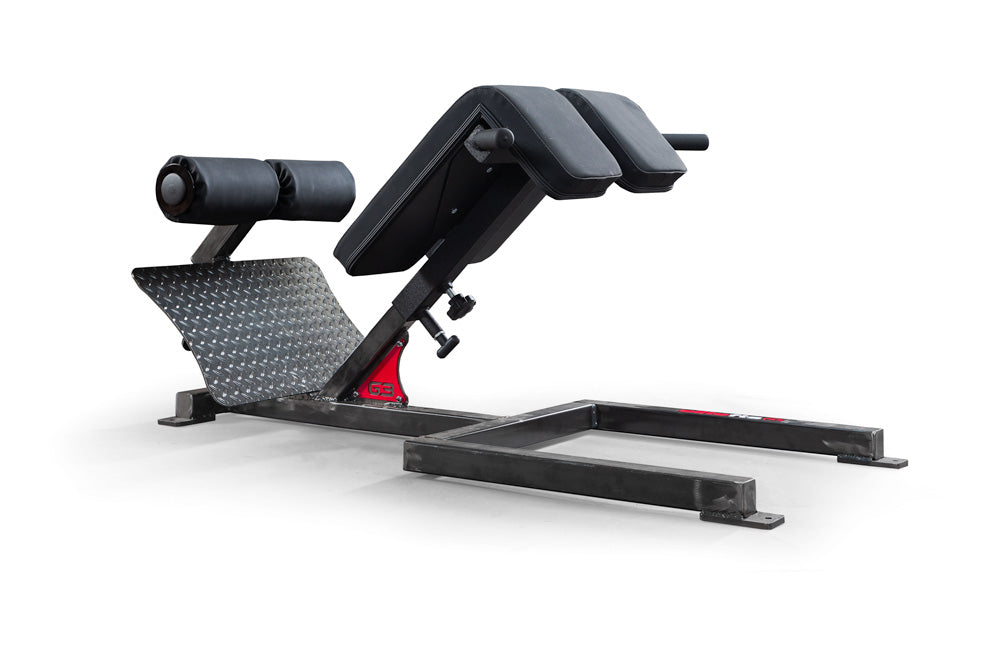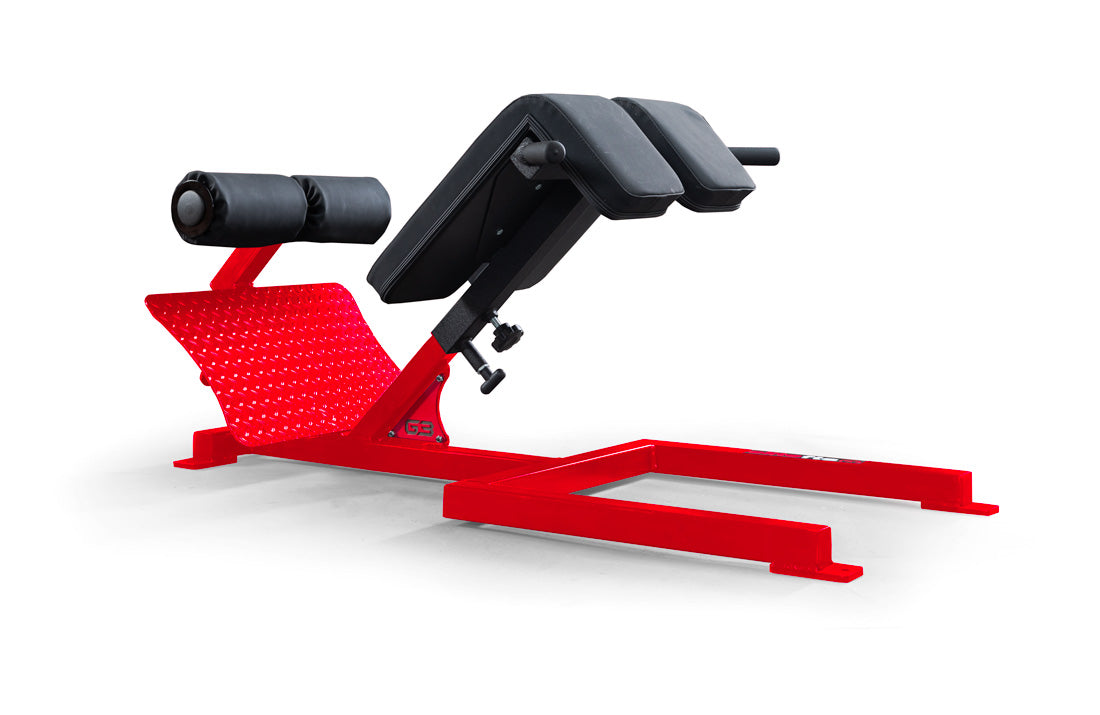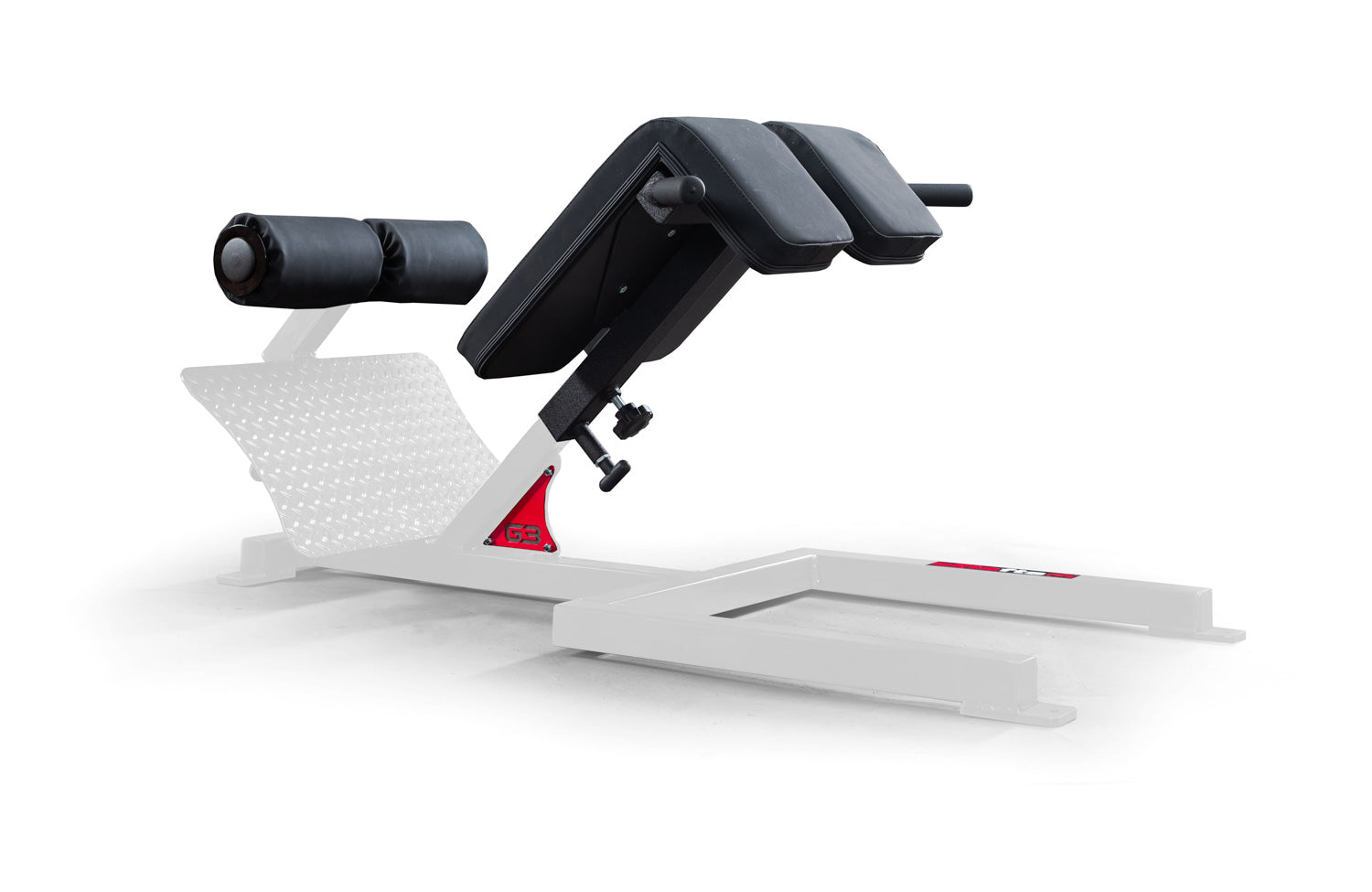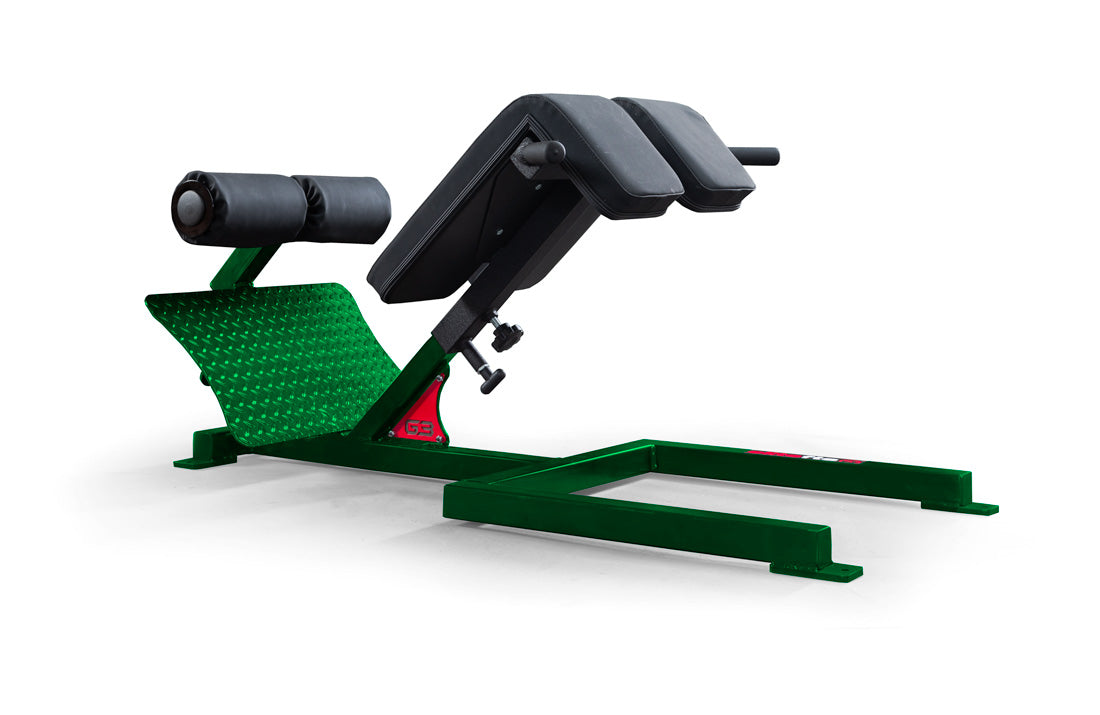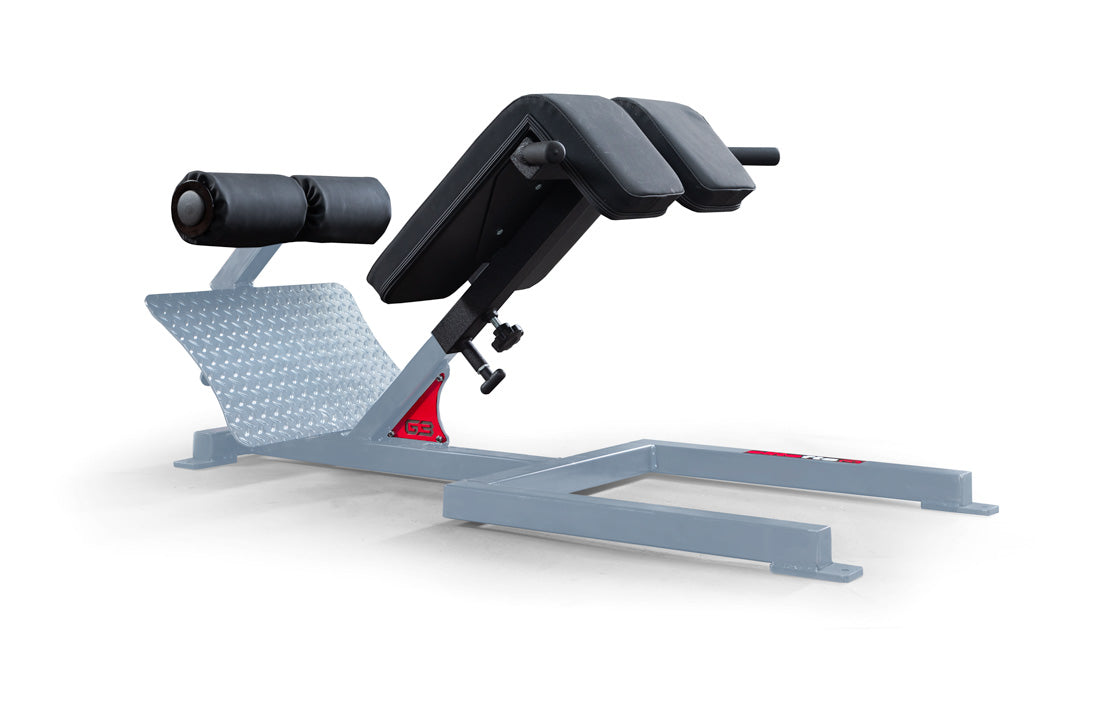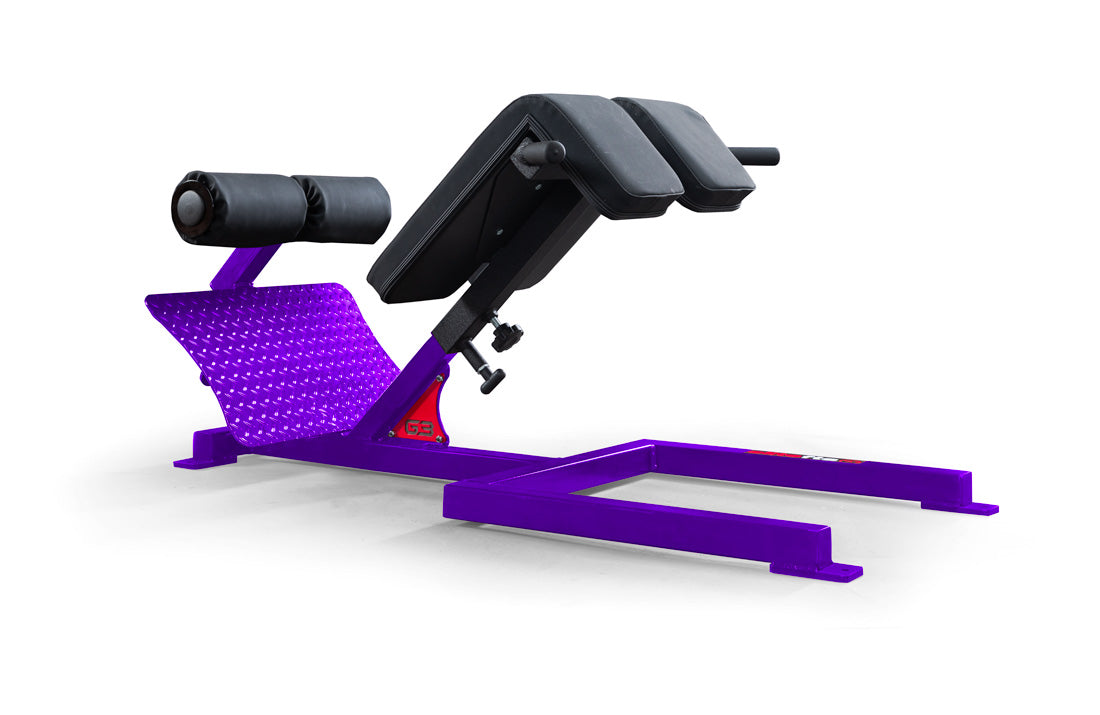In both the barbell and seated row, taking a more upright torso angle (so the body is closer to perpendicular to the floor) increases the relative involvement of the erectors and decreases the relative involvement of the lats and rhomboids. Now, remember: context matters. In both styles of rowing shown above, the focus is on the shoulder and elbow joints. In a deadlift or squat — where the focus is on the hip and knee joints — the more upright the torso, the less work the erectors will do. Here's why this is important: when you're training any movement — whether a competition movement or an accessory exercise — you should try to perform that movement as effectively as possible. What's "effective" depends on your anatomy, your strengths and weaknesses, and your prior training experience. To really optimize your training, you must consider those variables when evaluating your movement patterns, and remain mindful of how even slight nuances like angles can influence and be influenced by them.

Do Angles Matter?

EliteFTS Table Talk— Where strength meets truth. Hosted byDave Tate, Table Talk cuts through the noise to bring raw, unfiltered conversations about training, coaching, business, and life under the bar. No fluff. No hype. Just decades of experience — shared to make you stronger in and out of the gym.

Join the Crew!
Support us and access premium content monthly!




































